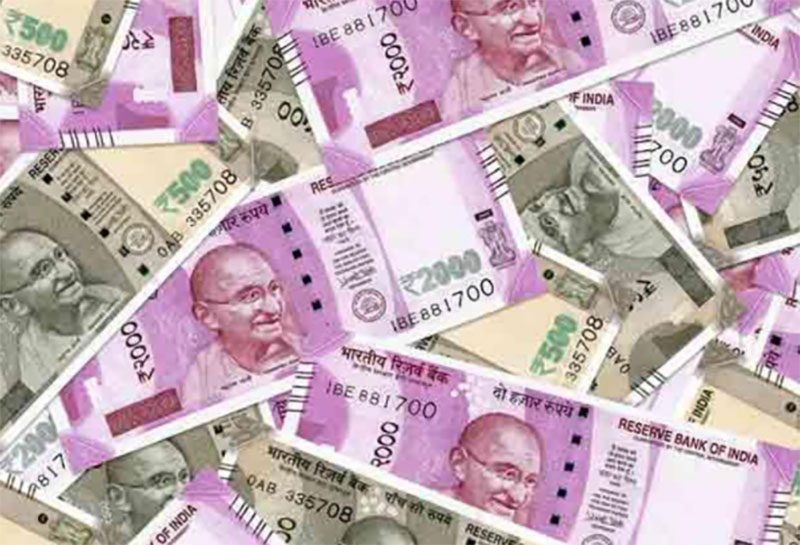 Economic
Economic Aggregate provisioning for NPAs increases in Dec qtr led by PSUs: Report
The total money allocated for bad loan provisioning increased in the third quarter of the current financial year, mainly on account of the PSU banks which focused on improving the provisioning coverage ratio (PCR), sequentially, media reports said.
According to an Economic Times report, for a sample of 29 banks, the provisioning for non-performing assets grew by 4.9 percent compared to the the September quarter and 9.7 percent year-on-year to Rs 31,891.6 crore.
In the March quarter of the last fiscal year, it peaked to Rs 65,986.9 crore but fell in the next two quarters.
However, the NPA provisioning by PSU banks grew by 5.4 percent and 19.4 percent, sequentially and year-on-year respectively on aggregate basis to Rs 21,939.5 crore.
They accounted for 68.8 percent of the total sample's bad loan provisioning which was was 68.5 percent in the previous quarter and 63.2 percent in the the same quarter last year.
Top PSU banks such as Punjab National Bank, Canara Bank, Bank of Baroda, State Bank of India raised provision coverage ratio in the third quarter of the current fiscal by 60-250 basis points sequentially.
The private sector banks also increased NPA provisioning sequentially by 3.9 percent but it was less by 6.9 percent year-on-year basis for the December quarter.
The NII on the aggregate level fell 0.3 percent sequentially and 0.7 percent year-on-year. The fall was because of the 7.2 percent sequential loss and 4.6 percent year-on-year drop on account of the private sector banks.
However, the PSUs recorded 5 percent and 2.2 percent growth in net interest income (NII) sequentially and year-on-year basis respectively.
Consequently, their NII share improved to 59.5 percent which is highest in at least 11 quarters, the report said.
Support Our Journalism
We cannot do without you.. your contribution supports unbiased journalism
IBNS is not driven by any ism- not wokeism, not racism, not skewed secularism, not hyper right-wing or left liberal ideals, nor by any hardline religious beliefs or hyper nationalism. We want to serve you good old objective news, as they are. We do not judge or preach. We let people decide for themselves. We only try to present factual and well-sourced news.







